In a painting, the way an artist handles the edges of objects adds a great deal to the finished work. He may render a hard edge, one that is sharply defined, to emphasize a point of focus. Or, the artist may soften an edge, making it less distinct, even fuzzy, in order to let the viewer’s eye move easily to other points of interest in the painting.
We can do this with scenery modeling in exactly the same ways, making some edges hard and distinct and others softer and less obvious. In this case I’m not referring to the literal edges of objects, but rather the transition areas in the landscape, where field meets forest or fence row for example. These areas often get short changed in the rush to fill the empty spaces with track or large-screaming-for-attention scenic attractions. Consider the following images.
This simple fence line shows a wealth of detail that could be incorporated into a scene that takes mere inches of space. There is a pattern to the growth of vegetation in a space like this. Mowing equipment can’t reach here, so the grasses grow to their natural heights and forms. Since this area is sheltered, other native plants can find a home as well. Left alone and given favorable conditions, larger plants, shrubs and eventually trees will overtake this fence.
Roadways
Another transition area to consider is the edges of roadways. This transition zone can vary widely from a neatly manicured edge to hard packed gravel, broken concrete to wild brambles. The edges of the road in the first photo are kept tidy by the landowners who mow the ditches during the growing season. In the country there can be a gravel strip, often hard packed from stray car tires running along it. Vegetation here will be sparse, scraggly and fighting for survival (below).
Fields
Fields that are left to their natural state are another area of transition. One such field near my house shows not only very tall grass but also the diverse types of plant growth surrounding a low wetland area to the right. Notice how much taller the reeds are. In the middle background that cluster of yellow plants is golden rod mixed with thistles and other natives. Larger shrubs and young trees are also gaining a foothold. The grassy areas are as tall as my shins and much of the other growth is up to my waist. The reeds are nearly equal to my 5′-11″ height. Some are taller.
The right-of-way
The edges along the right-of-way present another opportunity for adding realism as this area in town demonstrates.
There used to be four tracks here. One was located where the gravel access road is. A fourth track was located farther to the right where the trees and weeds have reclaimed things. Again, there are multiple layers of plant growth and the edges of the grasses along the access road merit careful study. Note the trash and debris that’s beginning to collect here. As an example of modeling edges with thoughtful care, look at this fine layout from Great Britain [http://thechroniclesofpenhydd.blogspot.com/2011/10/goods-yard-revisited.html].
In the smaller scales like N or Z, some of these details will be impractical as they will simply be too small. However in HO, S and certainly O scales attention to such details will add a fine degree of realism.
Over the decades we’ve been conditioned to think of scenery in large terms. Spectacular mountain ranges with equally spectacular gorges spanned by the obligatory gigantic wooden trestles. The hobby is perhaps now finally learning that scenery covers a wide range of landforms, and that simplicity can carry the day nicely when done with care. We now have a wealth of outstanding scenery products at our disposal that make lichen and even ground foam passé in most applications. The task of course is to observe and learn. The next time you are out and about, take some extra time to look at the edges of the landscape. A little sunshine and fresh air will do you a world of good.
Regards,
Mike
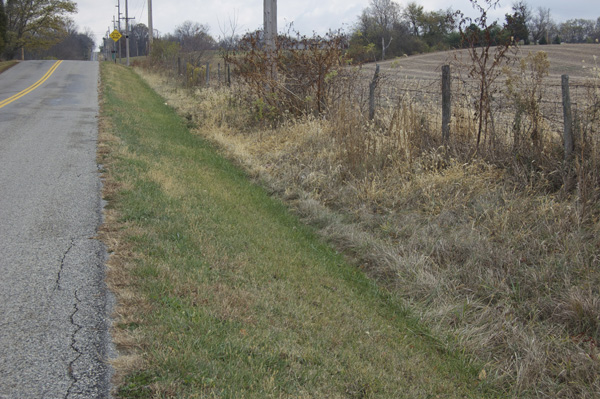
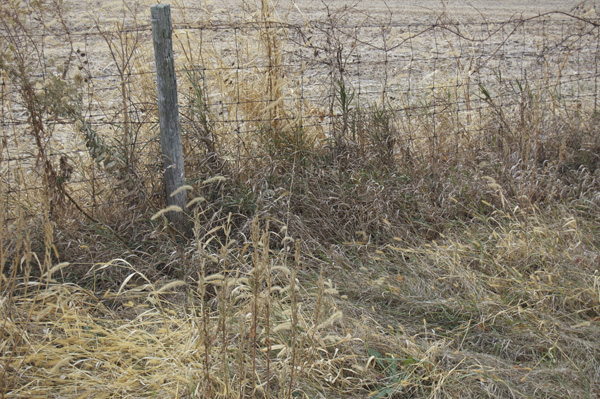
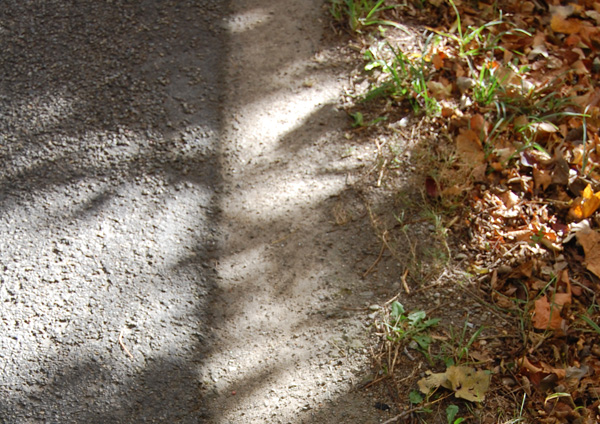
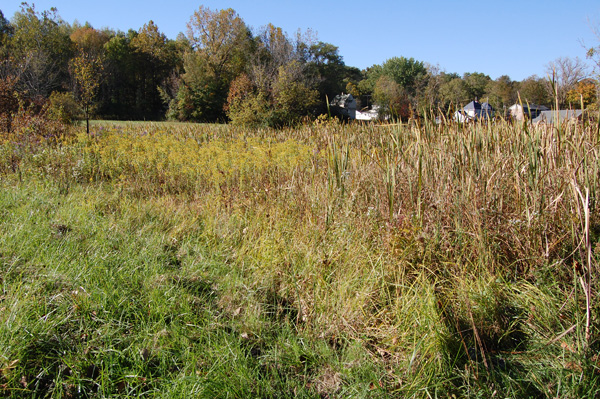
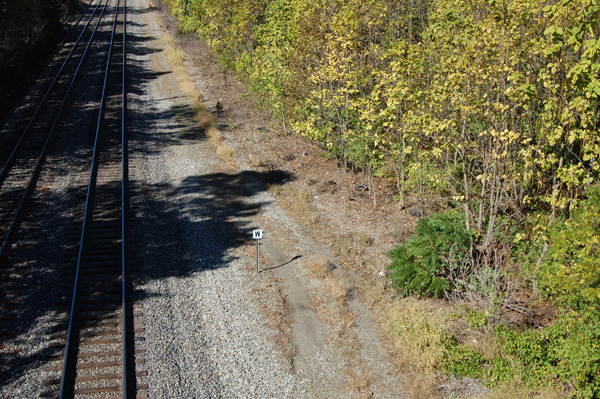
Mike,
Great article. Something to remember as I focus more on the 10-15 ft on either side of the track.
Matt
Thanks Matt. That 10-15 feet is as important as anything else on a layout.
Regards,
Mike